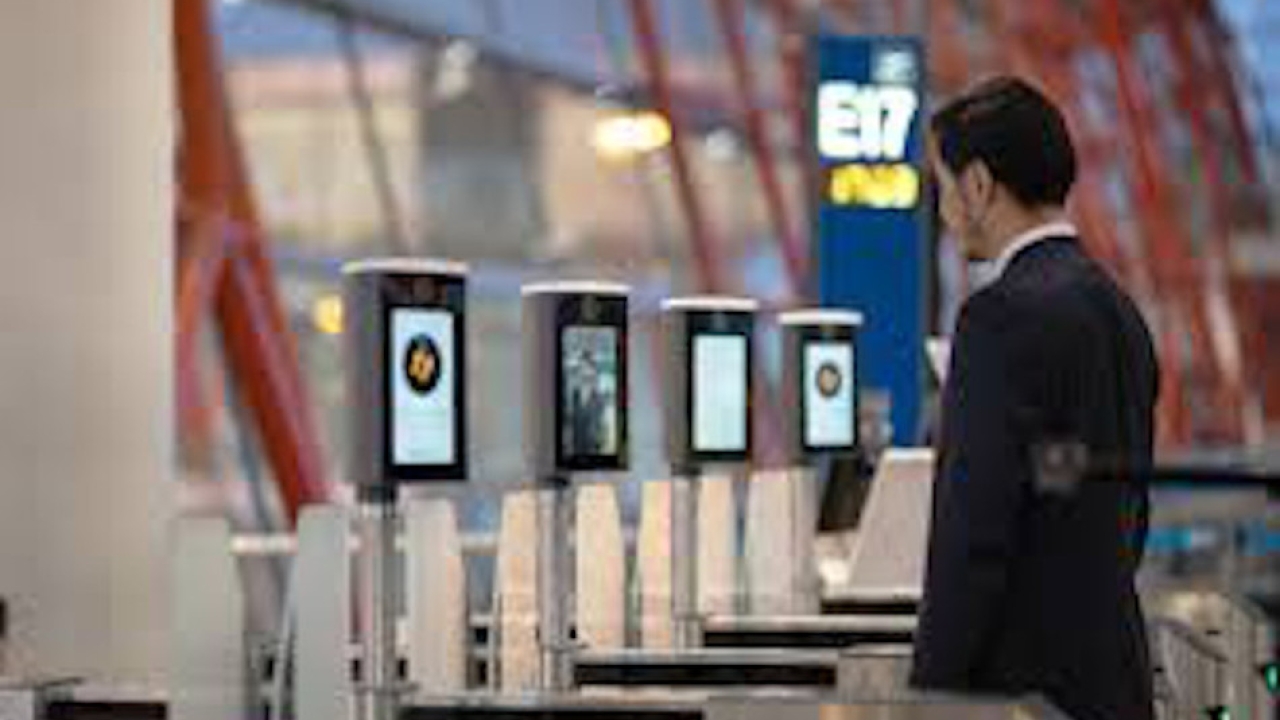SITA: Biometrics holds the key to smarter digital travel
New SITA white paper highlights how biometric-driven IT solutions are being successfully rolled out around the world.

Image: SITA
In 1930, there were only around 6 000 passengers travelling by air. By 1934, this had risen to just under 500,000*. Fast-forward to 2019 and it had exploded to four billion travellers. In fact the International Air Transport Association (IATA) projects eight billion air travellers annually by 2040. The demand for air-travel is booming.
To prepare for this, 425 major construction projects (worth around US$450 billion) were already put underway at existing global airports. The industry also invested in 225 new airport projects in 2022, according to the Centre for Aviation. Bricks and mortar infrastructure is only part of the solution though. Without state-of-the-art, adaptable digital solutions, airlines and airports will struggle to manage passenger numbers. This will affect the quality of the travel experience they’re able to deliver."
SITA’s Biometrics White Paper, ‘Face the Future’ highlights how the surge in air traveler numbers places extraordinary pressure on existing and new airports, national borders, and airline resources. In short, “existing paper-based and manual travel infrastructure and legacy processes simply won’t be able to cope”.
The solution, explains SITA, is in harnessing the power of facial and fingerprint biometrics to create a smoother, safer, and slicker air transport experience. By applying advanced technological solutions SITA will also solve other industry challenges, like space constraints, specialist staff shortages, and evolving passenger wants and needs.
The white paper takes us behind the scenes by showcasing successful case studies like the Star Alliance Biometric initiative and the Indian government’s DigiYatra programme. Both cases use the end-to-end biometric passenger processing solution SITA Smart Path.
Stefan Schaffner, VP of Airports at SITA, explains: “SITA Smart Path biometrically enables every step of the passenger journey, from mobile enrolment to aircraft boarding and every point in between and beyond. With facial recognition across as many airport touch points as you need, it lets passengers manage their identity across their whole journey, in a unique and touchless way. The final result is a radically improved travel experience.”
Stay up to date
Subscribe to the free Times Aerospace newsletter and receive the latest content every week. We'll never share your email address.

